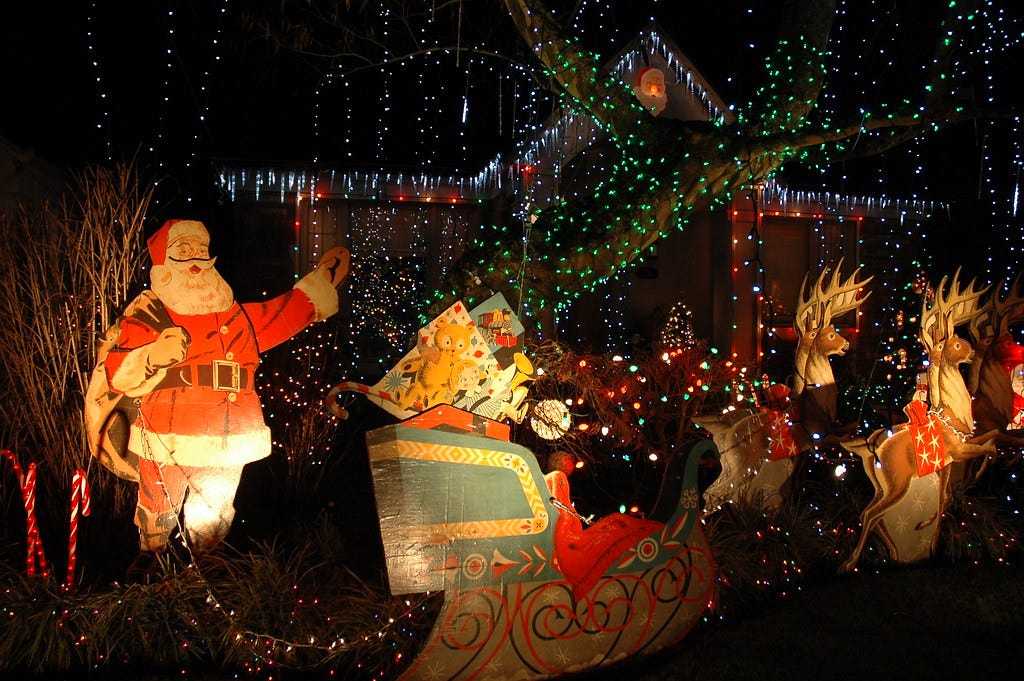
Because it’s that time of the year when many of us are enjoying what the Supreme Court has called “winter festivals,” I’m stepping away from my usual format to bring you a brief reflection about pluralism in this holiday season.
In 1989, the Court upheld a menorah display against an Establishment Clause challenge in Allegheny County v. ACLU. The City of Pittsburgh had placed the menorah alongside a Christmas tree. The base of the tree had a sign with the mayor’s name and text declaring the city’s “salute to liberty.”
Justice Blackmun reasoned that all of this was sufficiently non-religious:
The sign states that, during the holiday season, the city salutes liberty. Moreover, the sign draws upon the theme of light, common to both Chanukah and Christmas as winter festivals, and links that theme with this Nation's legacy of freedom.
Blackmun continued that the context of the display made clear that “the menorah is not an endorsement of religious faith, but simply a recognition of cultural diversity.”
Allegheny County was part of a series of Supreme Court decisions upholding the constitutionality of religious displays as long as they were sufficiently watered down so as not to endorse any one faith. Let’s set aside the much debated questions of whether the Establishment Clause permits these displays or requires them to be contextualized. I’d like to focus instead on one of the consequences of the Court’s solution: the diminishment of religious particularity.
During the month of December, tens of millions of Americans of different faiths observe religious holidays with much greater meaning and significance than “winter festivals.” Christians welcome the birth of Jesus—God incarnate—in what, if true, is one of the most significant events in human history. Native Americans in the Southwest observe the Winter Solstice to welcome back the sun god. Muslims follow the lunar rather than the Gregorian calendar, but in the coming years, Ramadan, commemorating the Prophet’s first revelation, will inch closer to Christmas. For Jews, the eight-night Hanukkah celebration remembers the rededication of the Second Temple at the beginning of the Maccabean revolt (though as Bethany Mandel notes, Hanukkah is a “minor Jewish festival that happens to coincide with the major Christian holiday season”).
Some Assembly Required reaches readers of all faiths and no faith, so I’ll leave you with generic greetings here. But as I wrote in an earlier post, recognizing interfaith differences doesn’t mean relativism or compromise. Indeed, the logic of my own faith means one of two possibilities: (1) Jesus came into the world as God incarnate—Christmas changes everything; or (2) I am living a lie.
In the fullness of time, my beliefs about Christmas are either true for everyone or true for no one. Until then, I find myself living in the midst of religious diversity with those who hold different, but just as deeply held, faith commitments.
And so, to everyone, may you find peace and rest in this season, however you celebrate. And to my fellow Christians, Joy to the world, the Lord is come!





Thanks for all your thoughtful posts this year. Merry Christmas! There is a unifying theme under our December holy days with traditions of lighting the dark. We are all celebrating resilience and appreciating that days will follow night and the gradually get longer. Well, at least until next fall.